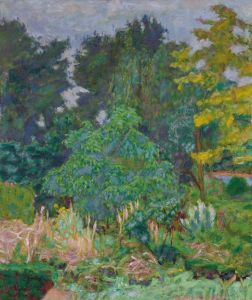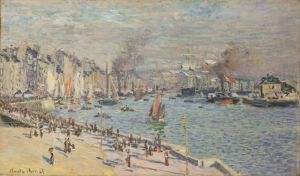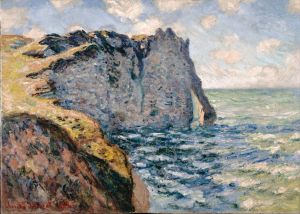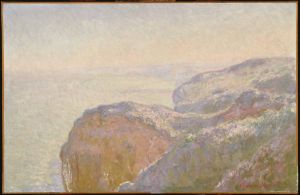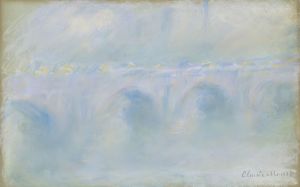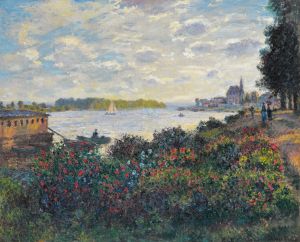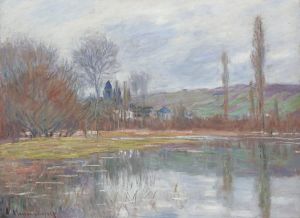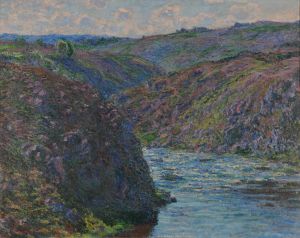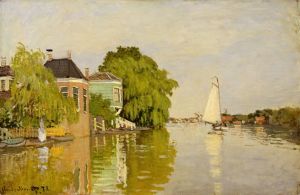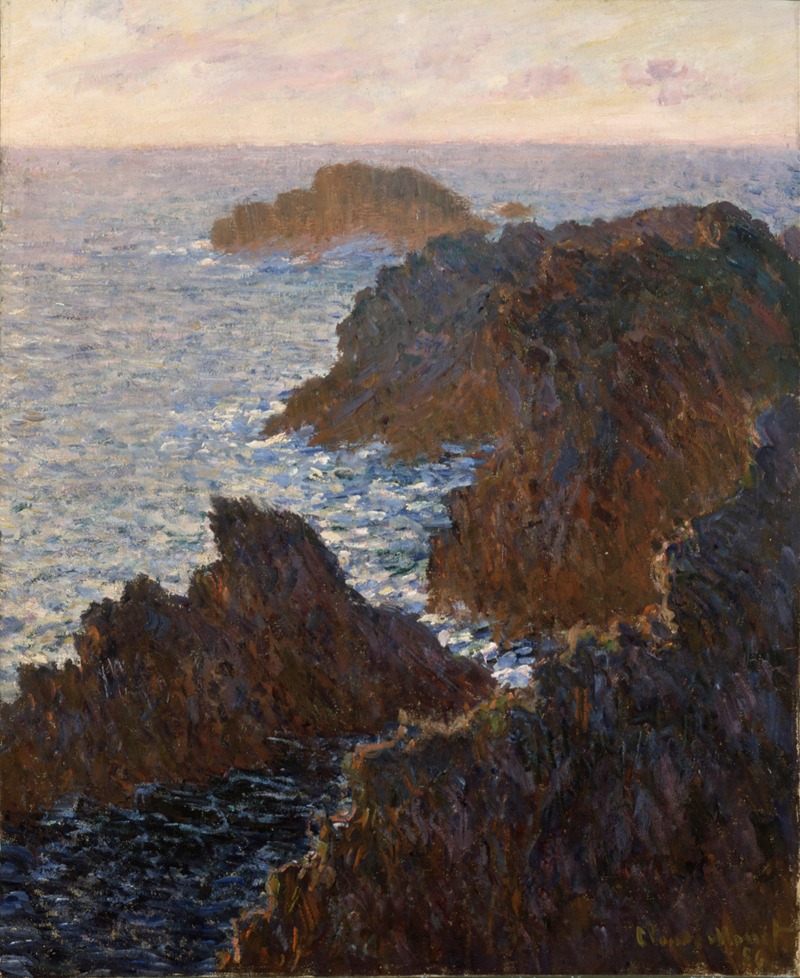
Rocks at Belle-Isle, Port-Domois
A hand-painted replica of Claude Monet’s masterpiece Rocks at Belle-Isle, Port-Domois, meticulously crafted by professional artists to capture the true essence of the original. Each piece is created with museum-quality canvas and rare mineral pigments, carefully painted by experienced artists with delicate brushstrokes and rich, layered colors to perfectly recreate the texture of the original artwork. Unlike machine-printed reproductions, this hand-painted version brings the painting to life, infused with the artist’s emotions and skill in every stroke. Whether for personal collection or home decoration, it instantly elevates the artistic atmosphere of any space.
"Rocks at Belle-Isle, Port-Domois" is a painting by the renowned French Impressionist artist Claude Monet. Created in 1886, this artwork is part of a series Monet painted during his stay on the island of Belle-Île, located off the coast of Brittany in France. Monet was captivated by the rugged beauty of the island's coastline, and his works from this period reflect his fascination with the interplay of light, color, and the natural landscape.
Claude Monet, born in 1840, was a leading figure in the Impressionist movement, which sought to capture the fleeting effects of light and atmosphere in a way that traditional academic painting did not. Monet's approach often involved painting en plein air, or outdoors, to directly observe the changing conditions of his subjects. This method allowed him to depict the transient qualities of light and weather with great immediacy and vibrancy.
During the summer of 1886, Monet traveled to Belle-Île, where he spent several months exploring and painting the island's dramatic scenery. The island's rocky cliffs, turbulent seas, and unique light conditions provided Monet with a wealth of inspiration. "Rocks at Belle-Isle, Port-Domois" is one of approximately 39 paintings Monet completed during his time on the island, each capturing different aspects of its rugged terrain and the surrounding ocean.
In "Rocks at Belle-Isle, Port-Domois," Monet focuses on the jagged rocks and the dynamic movement of the sea. The painting is characterized by bold brushstrokes and a vivid color palette, typical of Monet's Impressionist style. The use of color and texture in the painting conveys the raw power and beauty of the natural landscape, with the rocks appearing almost sculptural against the backdrop of the sea and sky.
Monet's work on Belle-Île is notable for its exploration of natural forms and the effects of light. The series of paintings he produced there is considered a significant contribution to the Impressionist movement, showcasing his ability to capture the essence of a place through his innovative use of color and brushwork. The paintings from this period also reflect Monet's growing interest in the effects of weather and time of day on the landscape, themes that would continue to be central to his work throughout his career.
"Rocks at Belle-Isle, Port-Domois" exemplifies Monet's mastery of capturing the ephemeral qualities of nature. The painting invites viewers to experience the rugged beauty of Belle-Île as Monet saw it, with its ever-changing light and weather conditions. Today, Monet's Belle-Île series is celebrated for its contribution to the development of modern landscape painting and its influence on subsequent generations of artists.
Monet's time on Belle-Île was a period of intense creativity and exploration, and the works he produced there remain an important part of his artistic legacy. "Rocks at Belle-Isle, Port-Domois" continues to be admired for its dynamic composition and its ability to convey the powerful forces of nature through the lens of Impressionism.





